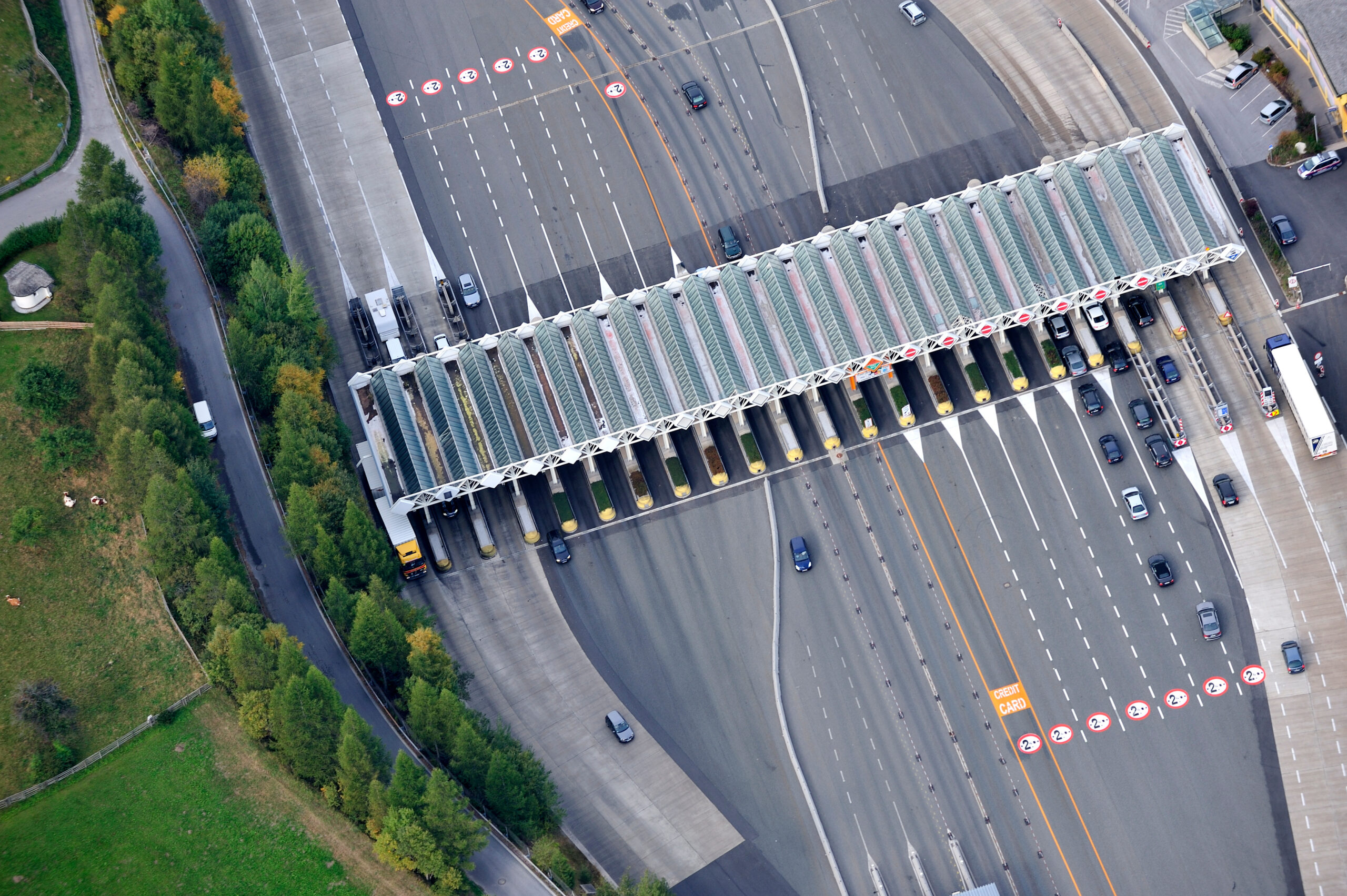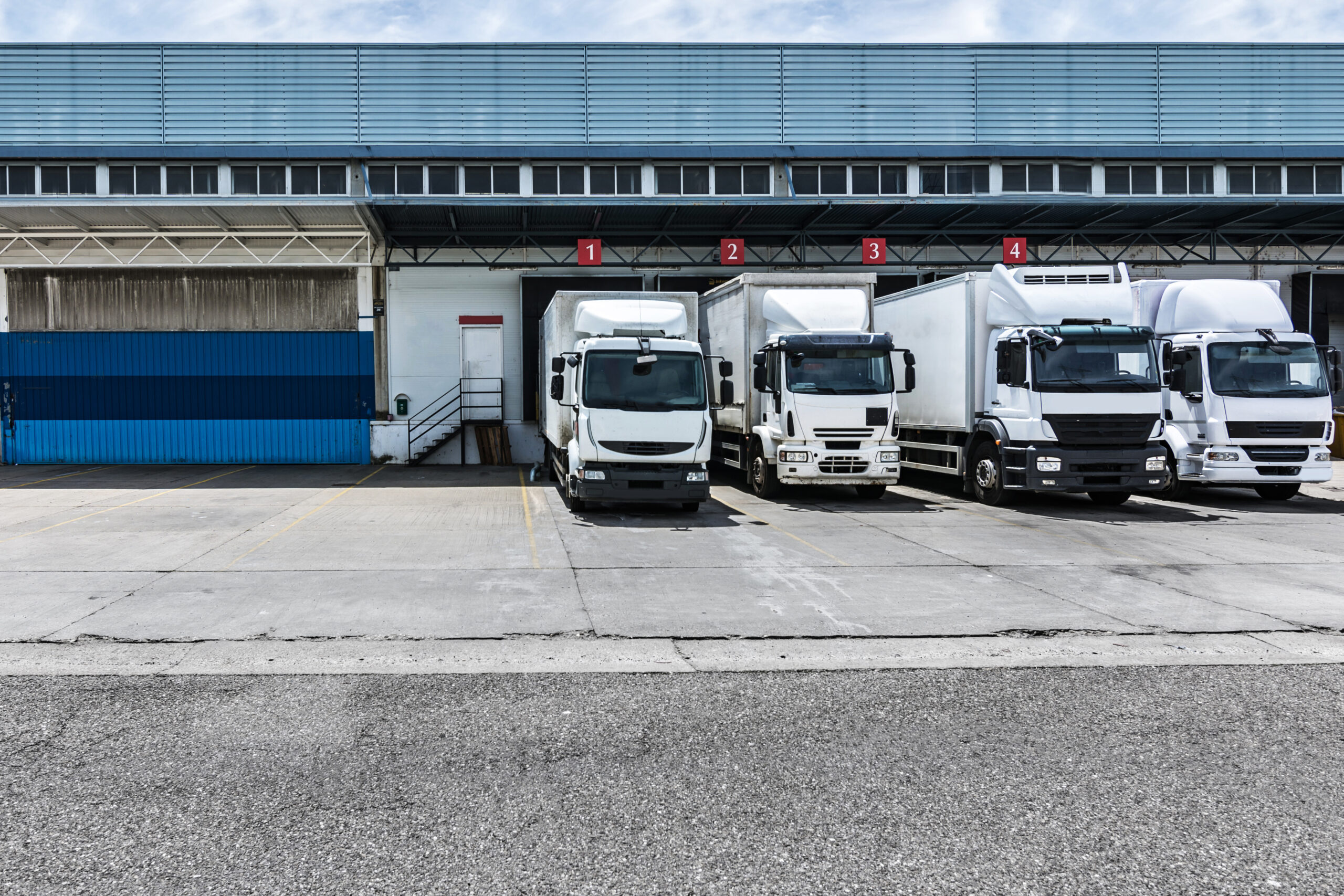In terms of delivery services, staying competitive means staying informed. And there’s a game-changer: telematics technologies for boosting productivity and streamlining processes. Together, we can figure out what data is golden for your delivery company and how telematics can make a huge difference.
 Understanding telematics in simple terms
Understanding telematics in simple terms
Telematics, at its core, is the convergence of telecommunication, the science of transmitting information over a distance, and informatics, the discipline focused on the study and application of information. It represents the powerful blend of these technologies to capture, transmit, and process data from remote objects, primarily vehicles. But what does this technology mean for someone immersed in the delivery business?
Picture this scenario: it’s a busy day, and your delivery business has countless parcels and cargo to move across varied distances. Instead of relying on sporadic updates or manual logs, imagine having a dynamic, real-time visual dashboard that gives you a precise view of every moving piece in your logistical puzzle. Each vehicle’s position, speed, condition, and even the exact location of every parcel and cargo could be available at your fingertips. This isn’t a futuristic vision; it’s precisely the operational panorama that telematics offers.
Many delivery businesses already employ basic GPS tracking, but advanced GPS tracking solutions take it several notches higher. They don’t just tell you where a vehicle is; they offer insights into how it is being operated, its condition and even forecast potential maintenance needs. This information is golden. Not only can you ensure that deliveries are on track, but you can also be proactive in handling any potential issues. A vehicle breakdown can cause significant delays, but with telematics, you’re always one step ahead.
 Advanced GPS tracking solutions: beyond geolocation data
Advanced GPS tracking solutions: beyond geolocation data
For delivery businesses, this means elevated operational transparency, improved efficiency, and a significant boost in customer satisfaction, as telematics empowers them to offer precise, real-time updates to their clients. Integrating telematics into the operational framework is becoming the standard in a quickly digitizing environment where on-time delivery is paramount.
Using advanced systems like GPS tracking, telemetry sensors, and onboard diagnostics, among other tools, telematics doesn’t just offer mere location data. It goes deeper, providing insights into vehicle health, driver behavior,fuel consumption, and even predictive analytics for maintenance. This synthesis of data streams provides business operators with an all-encompassing perspective of their operations, allowing them to make educated decisions, optimize routes, ensure safety, and boost productivity.
 Safety and security enhanced
Safety and security enhanced
No matter the size of the parcel or the value of the cargo, security remains a top concern. With telematics, you’re adding an extra layer of safety. By continuously monitoring driving behaviors — be it sudden braking, sharp turns, or overspeeding — GPS tracking solutions such as Eco-Drive allows fleet managers to pinpoint deviations from safety standards. This not only fosters a culture of responsibility among drivers but significantly curtails the potential risks of accidents. A proactive approach, enabled by GPS tracking solutions, ensures that corrective feedback can be provided in real-time, thus ensuring that every trip remains within the ambit of safety standards.
Furthermore, the security advantage of telematics extends beyond just accident prevention. In the undesirable event of vehicle theft or unauthorized access, the advanced GPS tracking functionality embedded within telematics becomes an indispensable tool. It provides precise, real-time location data, making it exponentially easier for law enforcement agencies to locate and recover the stolen vehicle. Moreover, geofencing features can alert operators the moment a vehicle deviates from its predefined route, offering an additional level of security.
 Reducing operational costs
Reducing operational costs
While the upfront costs of telematics might seem intimidating, the long-term savings are undeniable. Think of it as an investment in your business’s future. By providing real-time data, telematics allows businesses to identify inefficient routes, unnecessary idling, and wasteful driving habits. This means a significant reduction in fuel costs. Moreover, by keeping tabs on vehicle health, you can address maintenance needs before they become expensive problems.
 Improving customer experience
Improving customer experience
Today’s customers expect transparency. They want to know where their parcel is and when it will arrive. With telematics, you can offer this transparency effortlessly.
Moreover, the trust cultivated by such transparency can’t be underestimated. Customers are more loyal to a brand when they are often updated on the company’s progress. In addition to generating recurring business, this kind of interaction frequently results in raving reviews and recommendations from satisfied customers. Logistics efficiency and the creation of memorable client experiences both rely heavily on GPS tracking systems.
 Environmental responsibility
Environmental responsibility
As delivery businesses grow, so do the number of vehicles on the road, which leads to more emissions. However, telematics can help you do your part in reducing your carbon footprint.
By optimizing routes, reducing fuel consumption, educating drivers and maintaining vehicle health, you’re ensuring that your vehicles are as efficient as possible. Less waste equals a happier planet.
 Future-proofing your business
Future-proofing your business
The delivery industry isn’t static – today’s cutting-edge solution could very well be tomorrow’s standard procedure. In this dynamic environment, how can one ensure their business remains not just relevant, but ahead of the curve?
Enter telematics — a tool not just for the present but also for the unforeseeable future. In the immediate term, telematics provides businesses a competitive edge through real-time data tracking, operational efficiency, and enhanced customer experience. However, its real value might lie in its future-oriented capabilities. As newer technologies emerge, from advanced AI analytics to IoT integrations, a robust telematics system can seamlessly incorporate them. This adaptability means that your business isn’t just reacting to industry shifts, but can proactively harness these innovations for delivery businesses.








